If weep holes can protect your retaining or brick walls, they also have the downside of allowing insects, reptiles, and debris to enter, potentially causing damage and annoyance.
So, is it possible to fill weep holes? Many people stuff the weep holes with gentle, safe materials such as scouring pads and fiberglass screens.
While weep holes are crucial for wall health, filling them correctly is essential to avoid unwanted guests without compromising their function.
Continue reading to learn about suitable materials for weep holes in retaining walls.
Importance of Filling Weepholes
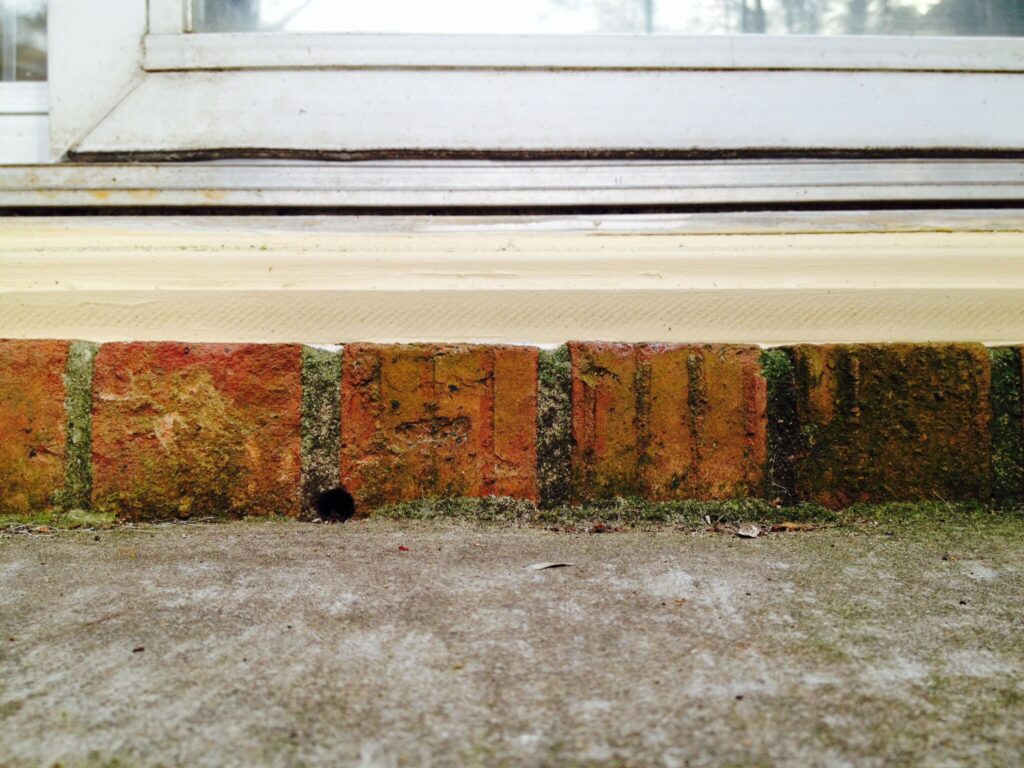
When retaining walls or brick walls have wider space in between the bricks or bigger weep holes, they become an easy way to allow insects and thin reptiles to enter through the weep holes and easily cross the wall to enter your home or building.
In such cases, weep holes need to be filled with a material that can prevent these insects from crossing them.
At the same time, the filler material should not block the weep holes or seal them completely, or else it will affect the brick walls and retaining walls.
When you want to fill them, ensure that the filler material is removable; otherwise, it will damage your wall and cause water standing issues because of the weephole blockage.
So avoid using mortar, cement, gravel, or mortar mix to fill the weep holes. Below are some filler materials that you can utilize for your weep holes.
Gap Filler Foam
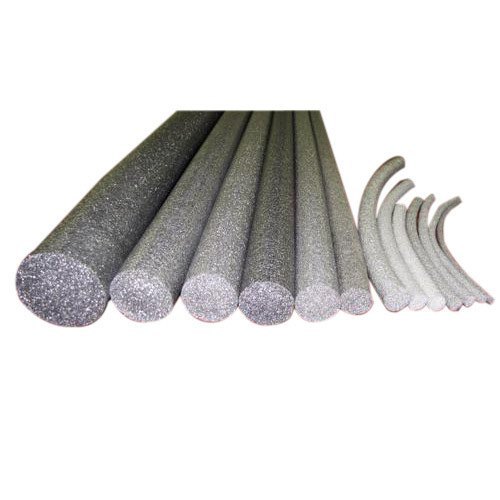
If you are looking for affordable options, Foam is a great option to fill those weep holes.
Foam blocks the path for insects and rodents, so they don’t let them enter your yard or building through the brick walls or retaining walls.
Another thing about foam is that it doesn’t block the weephole path completely.
So, the air will be able to circulate, and water will drain through these holes.
On a rainy day or when you think water may be standing, you can easily pull or push out the foam from the weep holes to let the water drain.
Gap filler foams come in various types, such as foam sheets, fiberglass screens, scoring pads, and more.
Steal Wool Fill Fabric
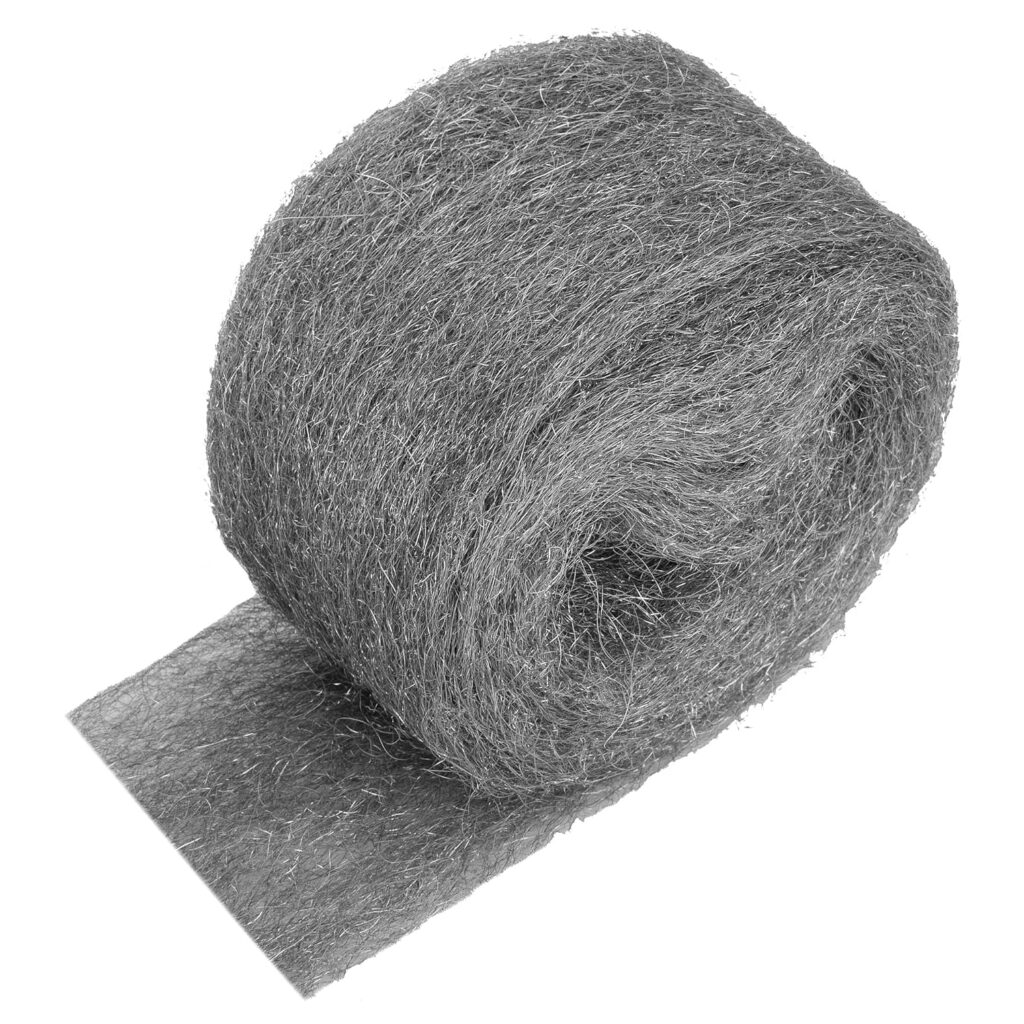
Steel wool fabric is also a better option for preventing outside pests from entering the weep holes. It is of high quality and lasts longer.
This filler is made of steel and acts like wool material because of the meshy and tightly tucked design of steel wires.
The design creates the illusion of a wool ball, but the fabric is not like the cloth fabric from real wool; it is made of steel.
The texture is softer, and the Steel wool fabric is stronger.
The tightly wound structure will prevent insects and reptiles from entering the weep hole, and it is not easier for rodents or mice to chew or pull out.
You can easily use the installation. According to the requirements, cut a small piece with a hard scissor or wire cutter and insert it in the weep hole.
While cutting and installing, use gloves because this wool fabric is made of steel, and carelessness handling or incident might result in an injury.
Retrofit Weep Hole Covers
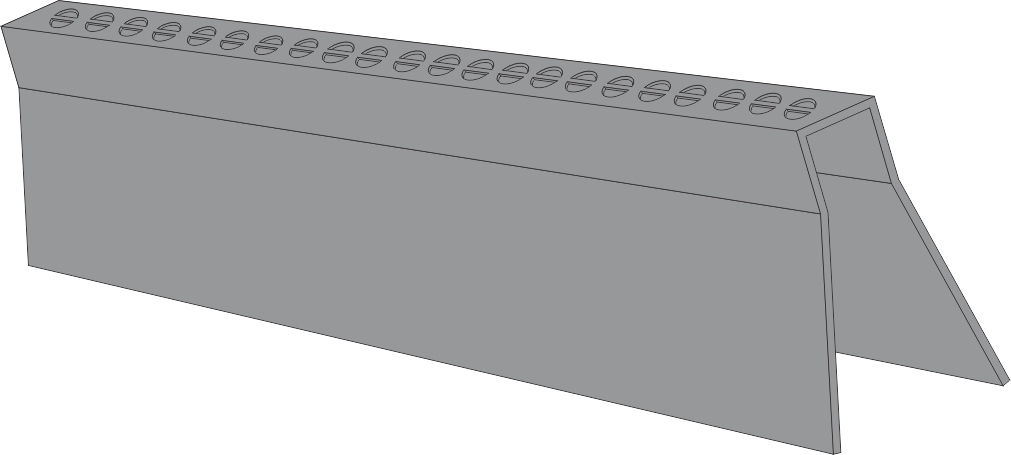
Retrofit is popularly used to cover weep holes without completely blocking them. Retrofit weep hole covers balance safety and water drainage properly.
They are easier to install and allow air circulation.
If you want to clean the weep holes or when you want to open the weep holes completely for water drainage, you can easily remove the Retrofit weep holes.
You don’t need to clean them frequently until and unless you are not facing the issues. Retrofit works fine without checking for 1 to 2 years.
So, after one or two years, you can remove them to clean the dirt and debris buildup around the retrofit covers and the weep holes.
Stainless Steel Weep Hole Covers
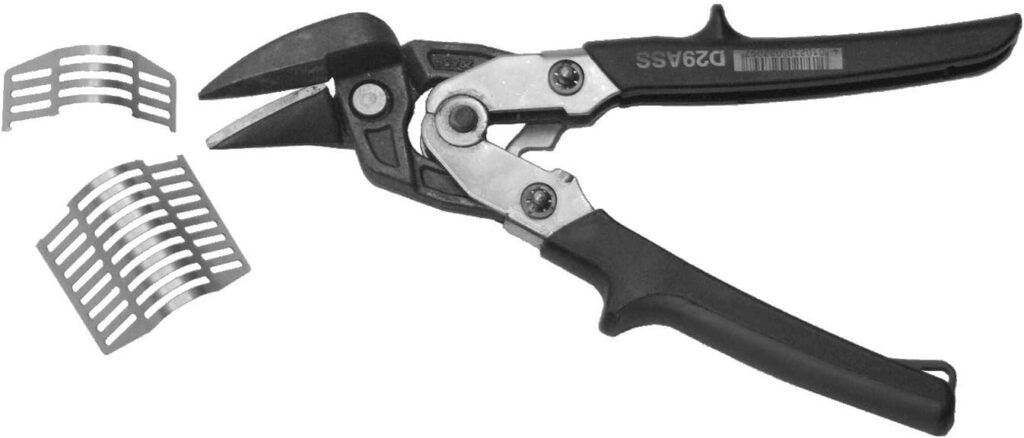
If you are looking for an efficient weep hole cover that will last a long time, stainless steel weep hole covers are a great choice.
These weep covers are made from spring stainless steel and are a good option for preventing rodents and mice.
Since they are made up of metal, mice can’t pull them out or pierce them like the gap filler foam.
At the same time, these weep hole covers fill the gaps while maintaining proper ventilation in the wall, allowing air circulation and water drainage.
Another great advantage of these weephole covers is that they are much easier to install and have great flexibility.
So, stainless steel weep hole covers are a great way to prevent insects, mice, snakes, and other creatures that are harmful to the safety and health of your family.
Final Thoughts
Each weep hole is important in preventing the retaining wall, allowing enough space for air circulation, draining out moisture, and preventing condensation, apart from water drainage.
So, handling them with enough care by filling them with after material that doesn’t block or seal them can help keep the entrances of insects and reptiles clogged.
This post showed you what filler materials you can use to fill the weep holes of your brick or retaining walls.
If you want more ways to add value to your lifestyle and maintenance experience, sign up and get our best strategies sent to your inbox.

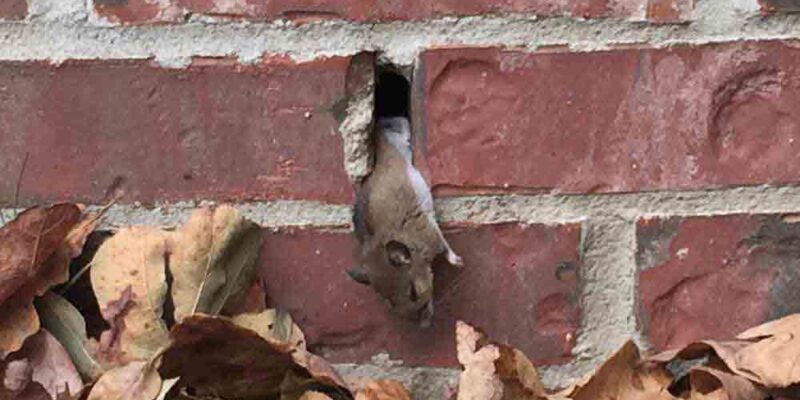
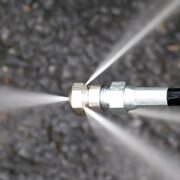
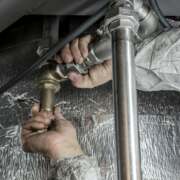
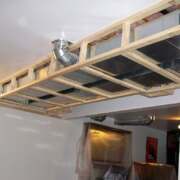


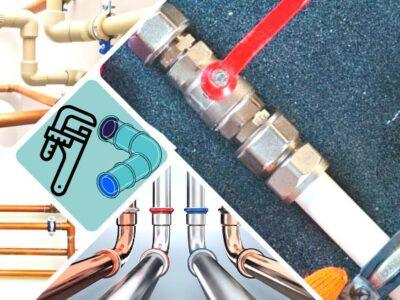
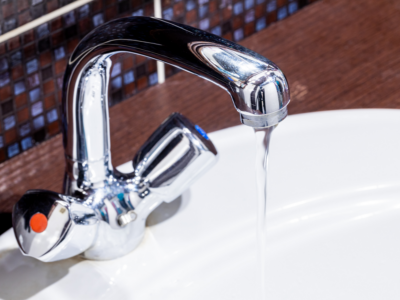
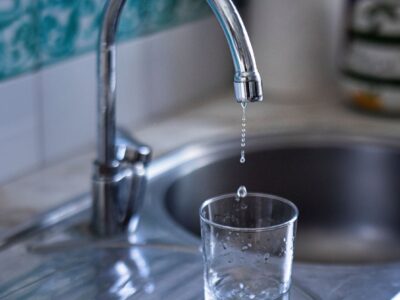

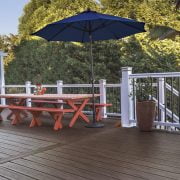


Comments